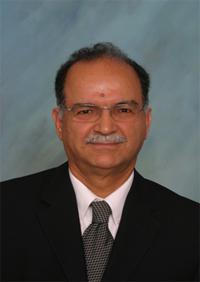Ercument Arvas

Ercument Arvas was born in 1953, in Catak, Van, Turkey. He received the B.Sc. and M.Sc. degrees from the Middle East Technical University, Ankara, Turkey in 1976 and 1979, respectively, and the Ph.D. degree from Syracuse University, Syracuse, New York, in 1983, all in Electrical Engineering. From 1983 to 1984, he was with the Electrical Engineering Department of Yildiz Technical University, Istanbul, Turkey. Between 1984 and 1987 he was with Rochester Institute of Technology, Rochester, New York, and from 1987 to 2014 he was with Syracuse University, Syracuse, New York. Professor Arvas is now teaching at the Electronics Engineering Department of Istanbul Medipol University, Istanbul, Turkey. Dr. Arvas did consulting activity for AFOSR, Digital Equipment Co.,Phillips Broadband, RIT Research Corp., Syracuse Research Corp., ANAREN Microwaves, Inc., General Electric Co., STM and TUBITAK. He developed and thought 33 different courses including 15 courses in PhD level. He supervised 33 PhD dissertations and 14 MSc thesis. His projects worth more than 10 million USD. He authored 2 books, 5 book chapters and 236 selected academic papers. He was an invited speaker at 7 different conferences. His research interests are in electromagnetics scattering and microwave devices. He is a member of ACES and a Fellow of IEEE and the Electromagnetics Academy.
PRESENTATION TOPIC
A Tutorial on MoM “Method of Moments”
ABSTRACT: Method of Moments (MOM) is a numerical technique used to approximately solve linear operator equations such as differential equations, or integral equations. The unknown function is approximated by a finite series of known expansion functions with unknown expansion coefficients. The approximate function is substituted in the original operator equation and the resulting approximate equation is tested so that the residual is minimized in some sense. This results into a number of simultaneous algebraic equations for the unknown coefficients. These equations are then solved using matrix calculus. MOM has been used to solve vast number of electromagnetic problems during the last five decades.
